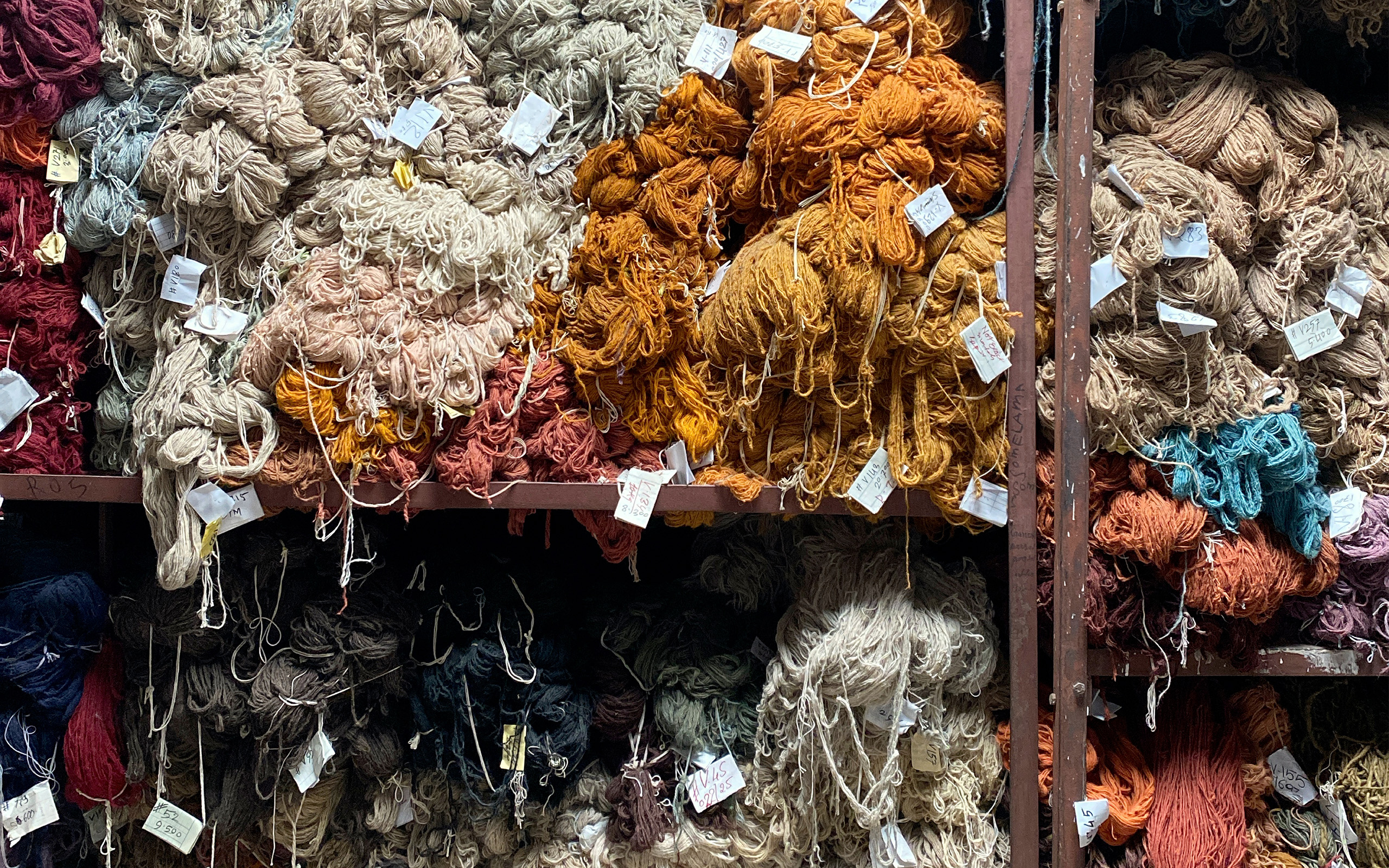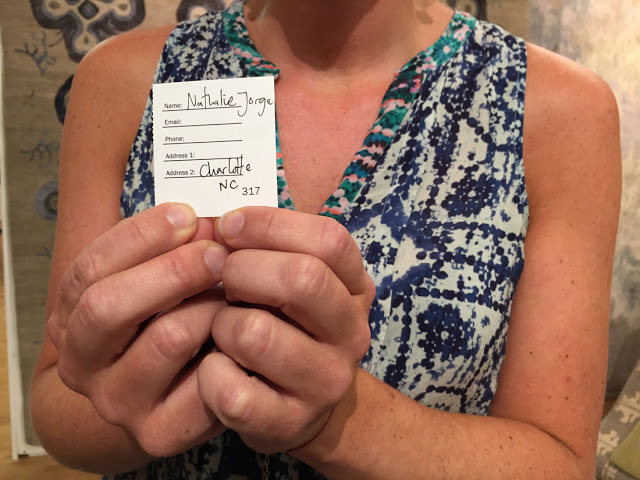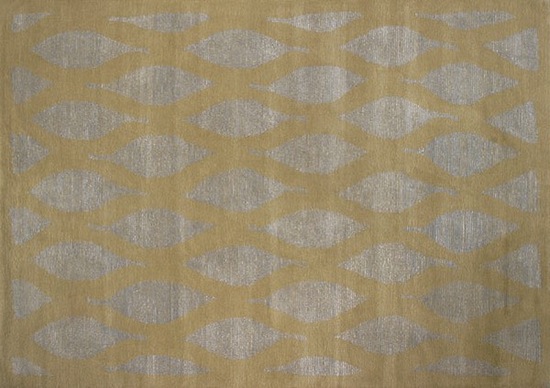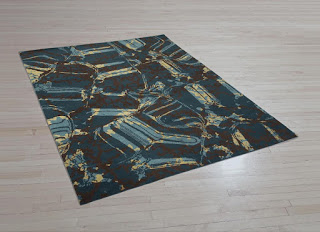Within the world of rugs and carpets if one is to mention ‘Tiger Rug’ the foremost thought aught to be that of Tibetan Tiger Rugs. Not because of any exclusive domain over the motif – which there most certainly is not, but rather because in the grand and storied history of tigers as inspiration for carpets Tibet has produced some of the most amazing, lively, and original versions of the design. Whether the motif originated in Tibet, in a geographically proximal region, or in Timbuktu as a metaphor for far-off unknown places, is a scholarly debate for another time. Regardless, know that amongst the collectable and pre-commercialized rug market, Tibetan Tiger Rugs are, if you’ll pardon the pun, the cat’s meow.











